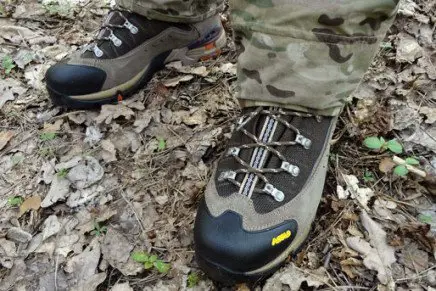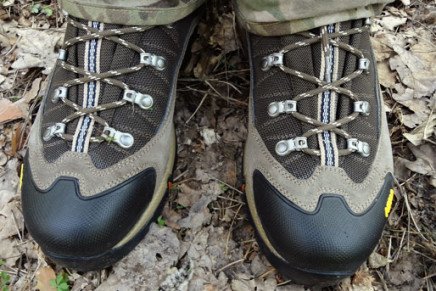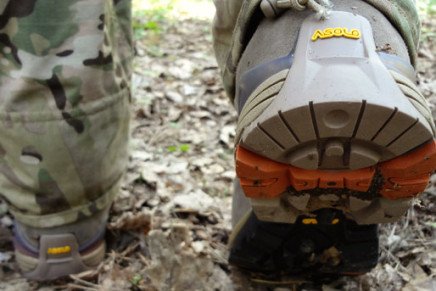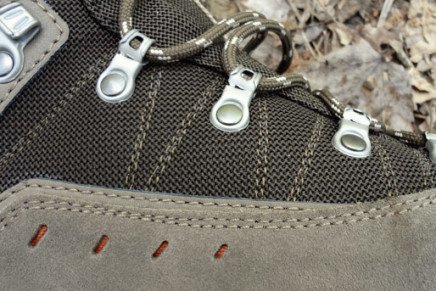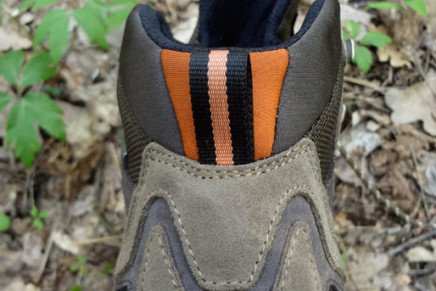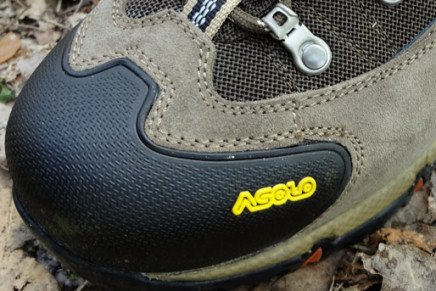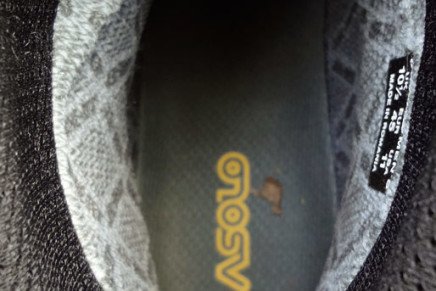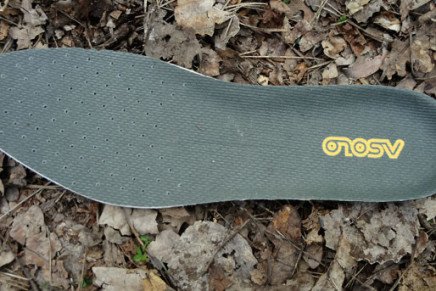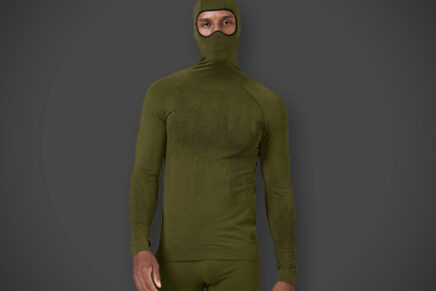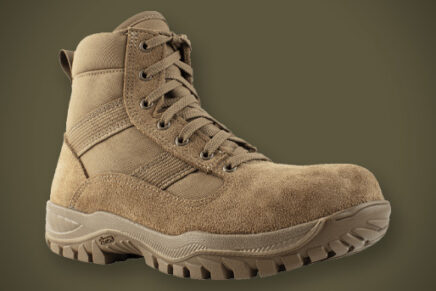
Flame GTX boots by a well-known Italian brand Asolo were introduced to the market long ago in the middle of 2007 as an updated version of Asolo Fugitive GTX boots, and at that time they were one of the most technology-savvy models produced by the company. Asolo Flame GTX is still under production, and it still maintains its high popularity around the world, among the enthusiasts of active recreation in the open air. The manufacturer qualifies this model as durable hiking boots for all-the-year-round employment. And they have firmly occupied their place among multipurpose trekking boots on my list of footwear items, where you may find Asolo Reston WP and the hyper popular LOWA Zephyr model.
In my top list of trekking boots the model Asolo Flame GTX has taken up the leading position and successfully surpassed LOWA Zephyr, and it’s mainly due to the outsole characteristics. The comparison of these two pairs may continue with quite an amount of common features: they are almost identical in height, manufactured of the same materials and constructed with the outsoles of the original production, and not with those by Vibram, which are often employed by competing brands. At the same time Flame GTX boots are more rigid and heavy, the weight difference is about 150-220 grams, though it’s not so sensible on feet. The pair of size 45 total weight makes approximately 1420 grams. The boots wrap the feet more firmly, provide better protection of the ankle joints from probable traumas, and make it possible to carry heavier backpacks.

Despite the above-mentioned "rigidity", the structure and height of the upper part, as well as the materials of the boot collars, make Flame GTX fairly flexible and mobile. When wearing the boots, it’s convenient to squat on haunches, to quickly change movement direction, and to change the position from one-knee stand to running; besides, it’s comfortable enough to descend and ascend inclined loose surfaces. The external part of Asolo Flame GTX is multilayered, manufactured of the combination of stiff nylon, natural chamois leather 1.6-1.8 mm thick, and two types of synthetic materials, whereof one constructs a soft collar and the other, the tight one, creates the carcass and provides lateral support. In addition to that, the boot tips are protected with tough rubber patches. All the materials of the boots exterior are processed with water-repelling agent.
The first layer is made of nylon, on top of which there’s a sheet of dense artificial leather 1.6 mm thick; this element provides efficient lateral support, for instance, in LOWA Zephyr it is realized through the elements of skeletal sole covered with natural shammy that forms the bottom part of the footgear. The heel zone is finished with two layers of natural shammy, minimum 1.6 mm thick.
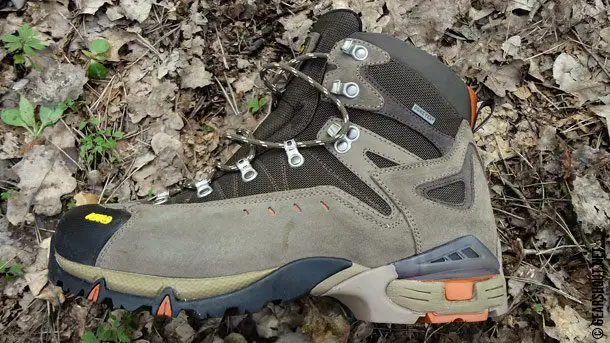
The lacing system of Flame GTX is almost of a classical construction: it unites three pairs of hooks and four pairs of metal lockers, while in the center the laces are passed through nylon straps. The distinguishing peculiarity of this arrangement is the lockers' construction: they are movable both laterally and longitudinally. I have not met suchlike construction before, and it’s rather difficult to judge yet if it’s durable or not. The boots are quick to lace up and tighten; the “round” laces are easy to pass through the lockers without any obstacles or delays. The laces are 80 cm long.
The boot lining is made up of soft mesh in the upper part and Gore-Tex Performance Comfort membrane, which is considered the golden mean among all the Gore-Tex footwear membranes. Apart from waterproof qualities, it is qualified with moderate heatproof characteristic for all-the-year round use. Up to now I have tried the boots only in spring, within the temperature range from 0 up to +20 degrees, put on summer socks 5.11 Taclite 6″. The feet didn’t get hot and up to the end of the route remained dry. The skin of the feet neither got damaged. To sum it up – the boots are ready for employment right from the box.
Removable anatomical inner soles consist of two elements: a perforated base covered with layers of insulation fabric with antibacterial treatment, and flexible foam material of black color. The foam is different in thickness, gradually getting narrow in the middle of the foot. In the heel area, to compensate vertical loads, the material thickness reaches almost 2 mm.

The outsole of Asolo Flame GTX consists of five elements: softening lining, supporting element of semitransparent stiff polyurethane, shock absorbing thermal polyurethane inset in the heelpiece, flexible intermediate sole of EVA and three-color thermal polyurethane sole with an aggressive sole pattern. By perception, this outsole is better in dealing with vertical loads, better compensates impacts when jumping with equipment from a meter altitude, if compared with LOWA Cross model. Besides, the sole is quite soft, and feels close to athletic footwear.
The protector pattern provides a feeling of safety on various types of surface, a profound support on wet stones, moist trampled-down paths and damp grass. In some places spikes reach 6 mm in length, plus there is a special rubber retaining element AsoBrake, which prevents sliding off.

Asolo Flame GTX trekking boots came off truly multipurpose, they will suit both for mountain hiking of average difficulty and for military field tests on cross-country terrains. If to skip a few crooked seams and not so ideal coloring of the soles, it’s possible to consider the boots quality as excellent, since there are no visible ruptures and protruded threads. The manufacturing country is Romania.
Asolo Flame GTX boots have been granted for review by a specialized store Special Force Gear, which supplies them in sole color pattern (Cortex/Dark Brown). The footwear price makes 249 US dollars.

